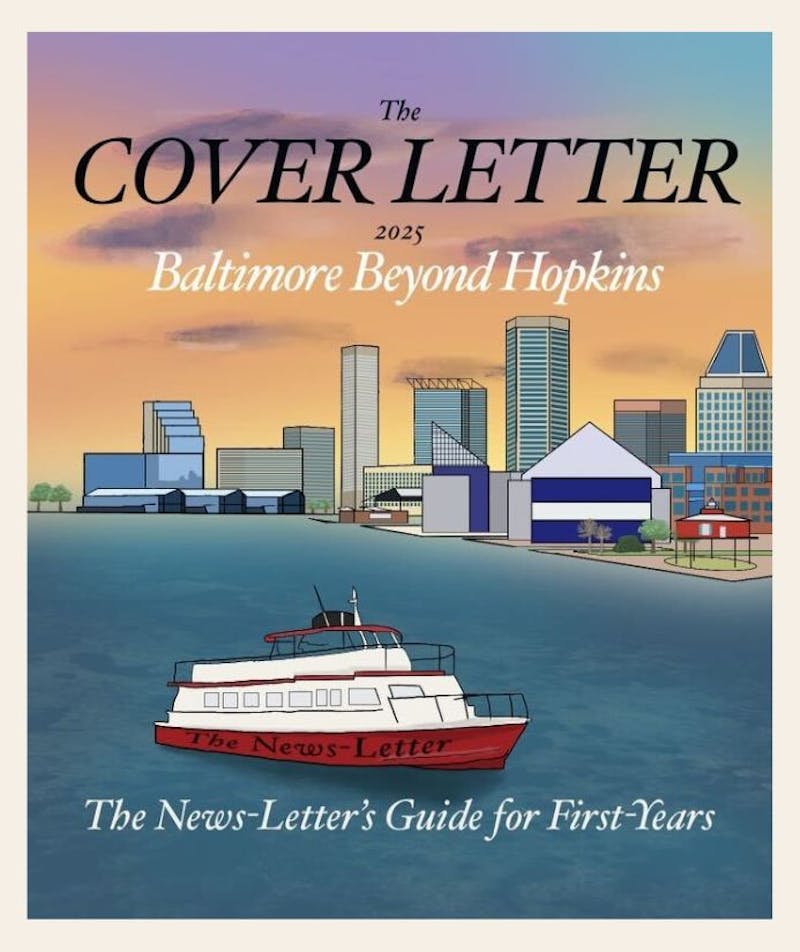In the beginning, there was Mr. Johns Hopkins, and he was good. How good? Upon his death in 1873, this Quaker merchant and railroad investor left about $7 million worth of stock and real estate in his will to be split evenly between the founding of a hospital and the founding of a university. That may sound like barely enough to build a single academic building, but at the time, it was the largest donation to academia ever.
The new University, officially opened in 1876, was the first American university founded on the model of the famous, German research institutions, which focused less on the education of undergraduate students and more on research. The University's first president was Daniel Coit Gilman, who came from the University of California to give shape to Johns Hopkins. Gilman wrote that the University aimed to, "give instruction of a superior character in mathematics, sciences and language, should be the first object of our care. To this department we hoped that students who had already been taught in other colleges, would be drawn by the eminence of the professors and the excellent opportunities for advanced study to be afforded in Baltimore."
So, for its first years, Johns Hopkins was exclusively an institution for the education of graduate students. However, financial considerations came into play, and Johns Hopkins began to admit undergraduates, partially to fund graduate study. To this day, undergraduate tuition subsidizes graduate study.
Throughout Hopkins' early history, plans were made, and later abandoned, to kick freshman and sophomore undergrads out of the University.
After the founding and initial organization, there was the small matter of finding a place for the University's classrooms, labs and offices. Originally, the campus was composed of a few buildings on Howard Street in Downtown. It didn't take very long for the growing University to outgrow the original facilities, and by the 1910s, land had been donated and buildings had been planned for Homewood, the current campus.
Soon after the move to Homewood, money became a problem for the fledgling University. The stock market crash of 1929 and the subsequent Great Depression took a toll on the University's finances. By 1935, the University was running annual deficits and had a dangerously low endowment. That year, Isiah Bowman took office as Johns Hopkins' fifth president. Bowman immediately set about raising $500,000 to cover operating deficits and instituting pay cuts to lower expenses.
Almost as soon as things settled into normality, World War II threw Homewood into another tumult. Classes were held year-round and the School of Engineering tailored classes for defense workers. Thousands of Hopkins students, employees and faculty went to war in both theaters, while Hopkins researchers contributed many technological and medical innovations to the war effort.
In 1942, Hopkins took over the Advanced Physics Laboratory (APL). Now located in suburban Laurel, Md., APL is a magnet for government funding, producing technical advancements for the military-industrial complex.
Like most other colleges and Universities, Johns Hopkins grew immensely after the war, with many of the buildings on campus built for the twin influxes of baby boomers and federal research dollars from the Cold War.
In the late 1960s and early1970s, there were protests against the Vietnam War, the University's role in research for the military and its lack of interest in the surrounding community, but these protests were not close to the size and fury of the protests of the time at Columbia University and the University of California at Berkeley.
In 2001, 125 years after D.C. Gilman and the original board of trustees began spending Hopkins' estate, the university that bears his name now has thousands of students in campuses as far away as Nanjing, China and Bologna, Italy. For a school a third of the age of many similarly ranked institutions, Johns Hopkins has certainly made up for lost time.
We've come a long way, baby.


